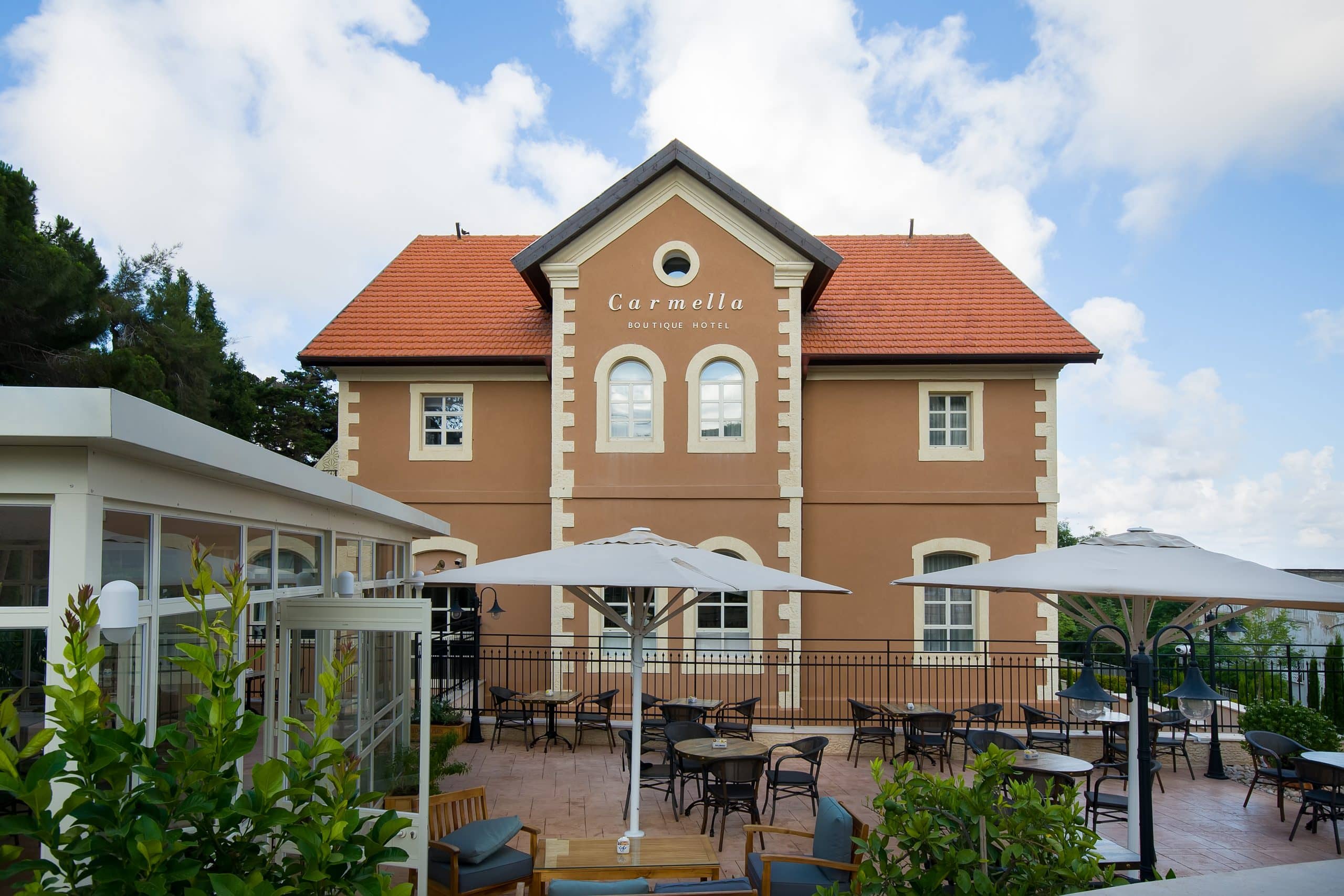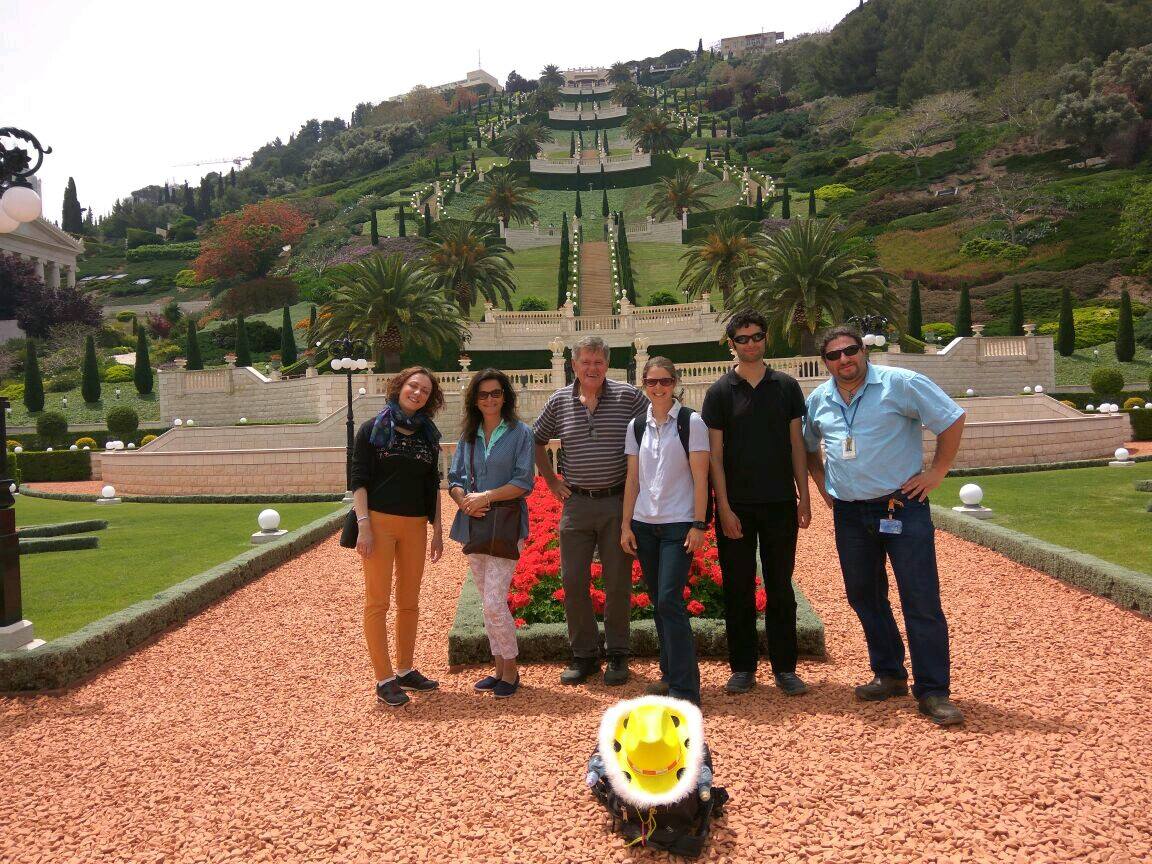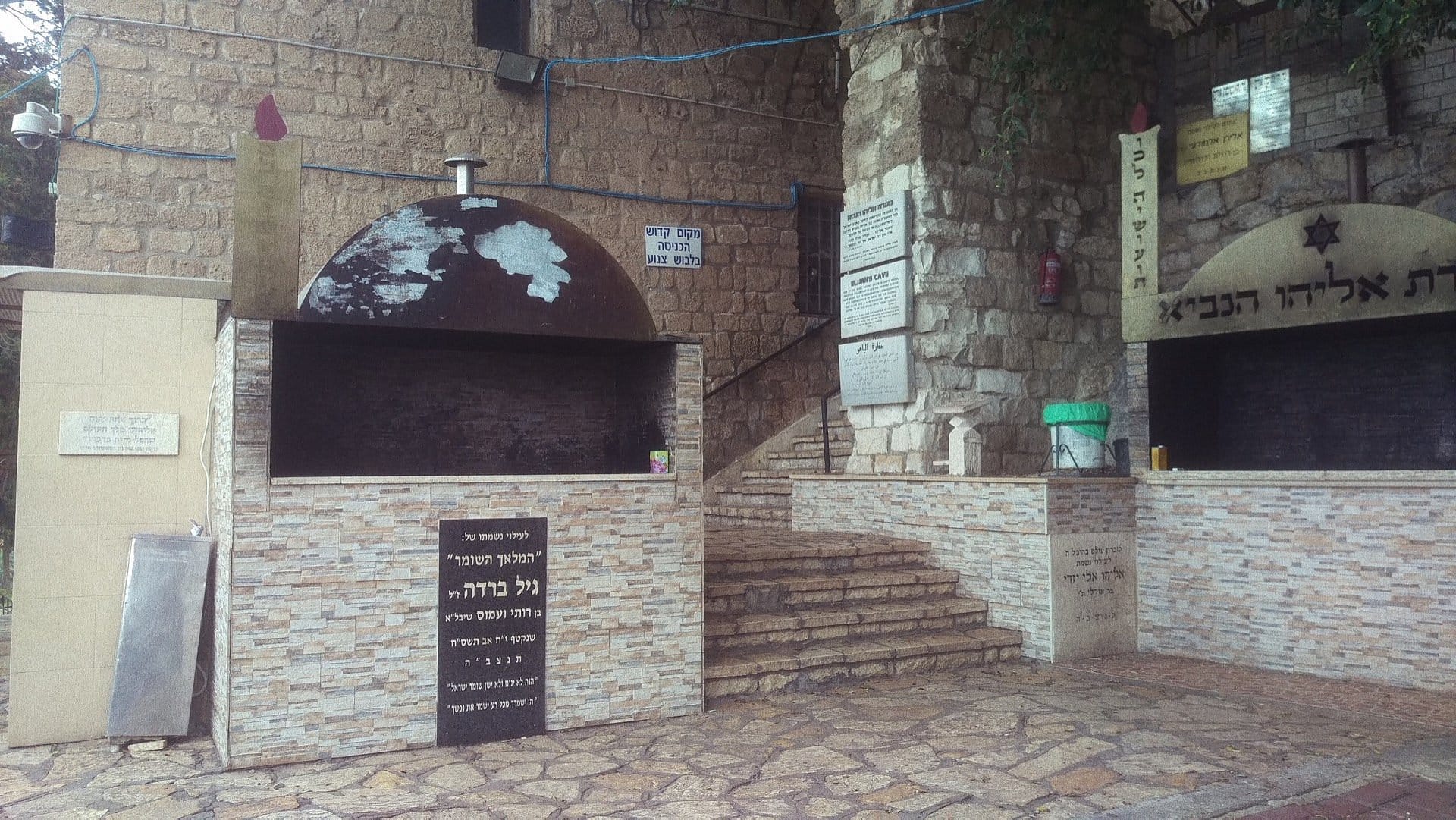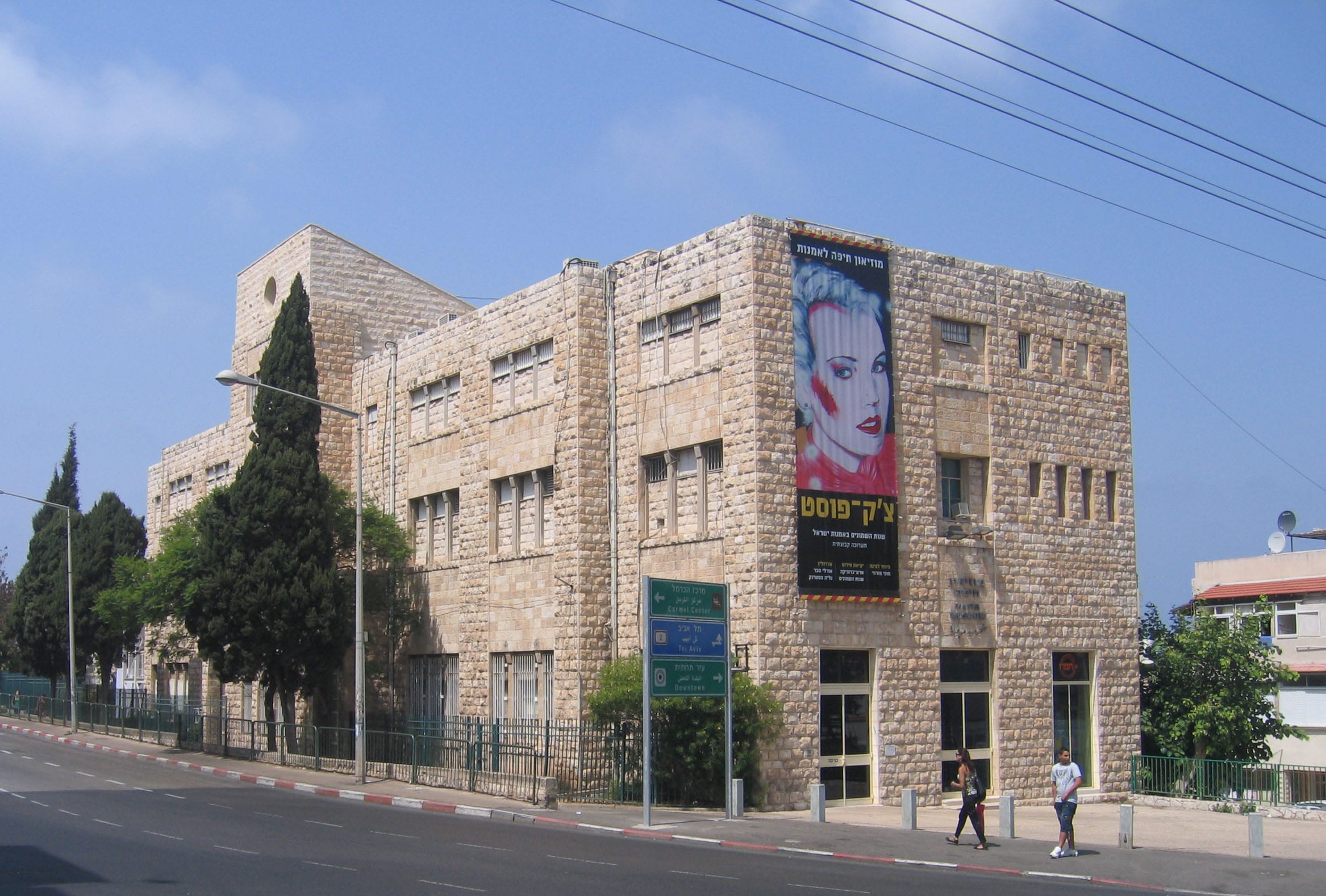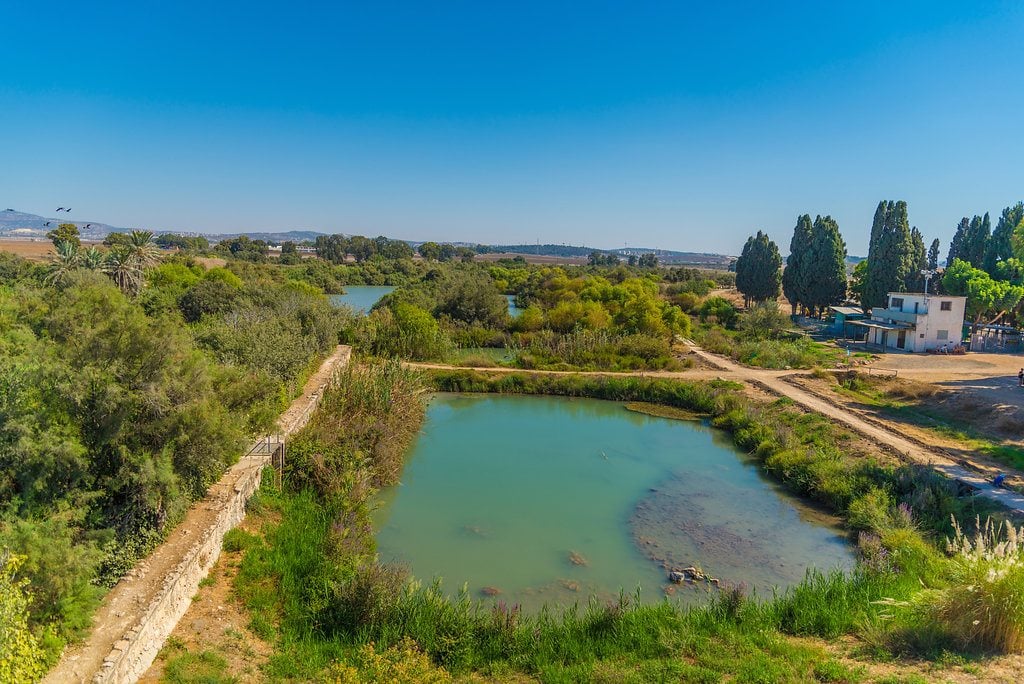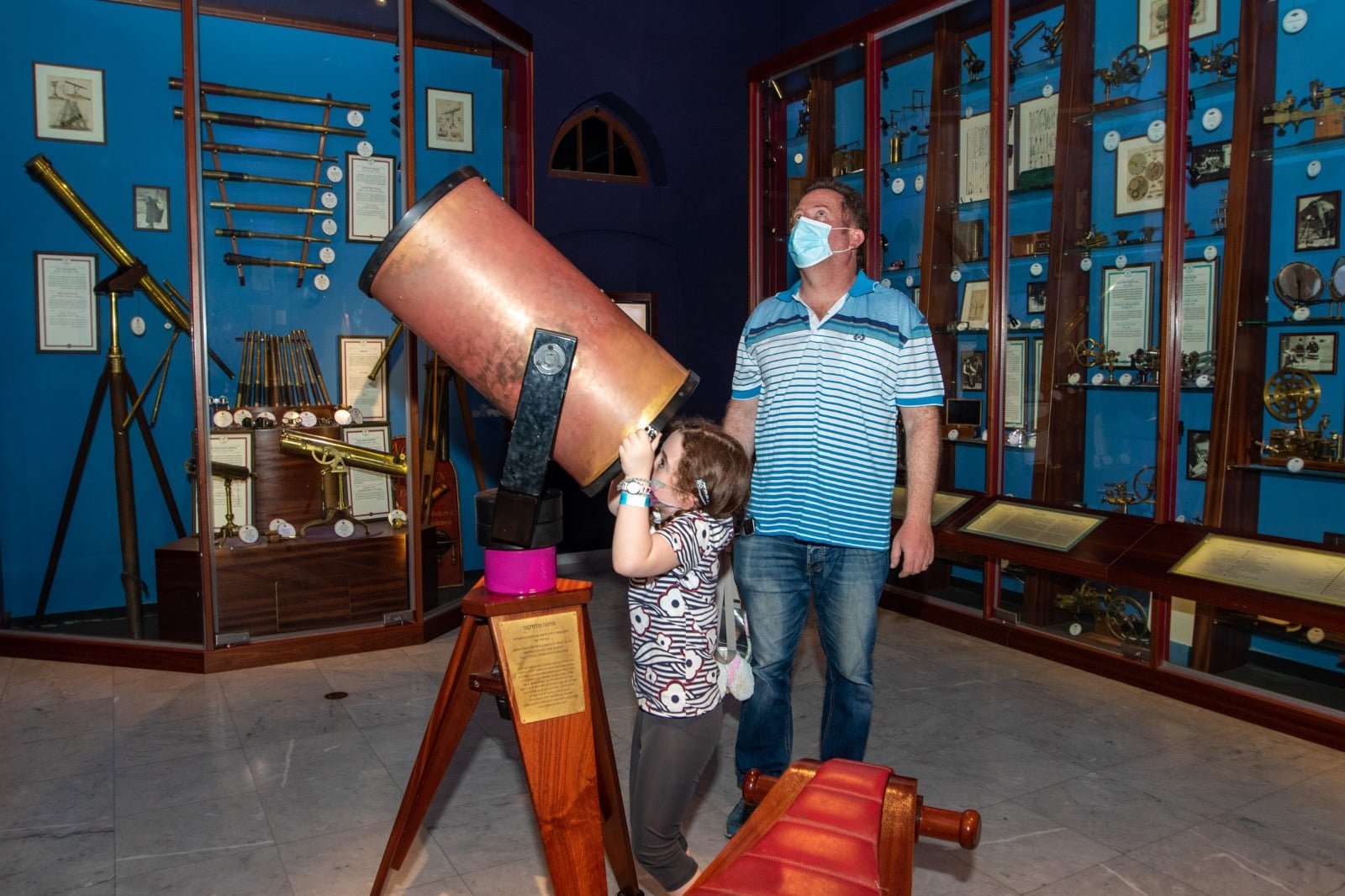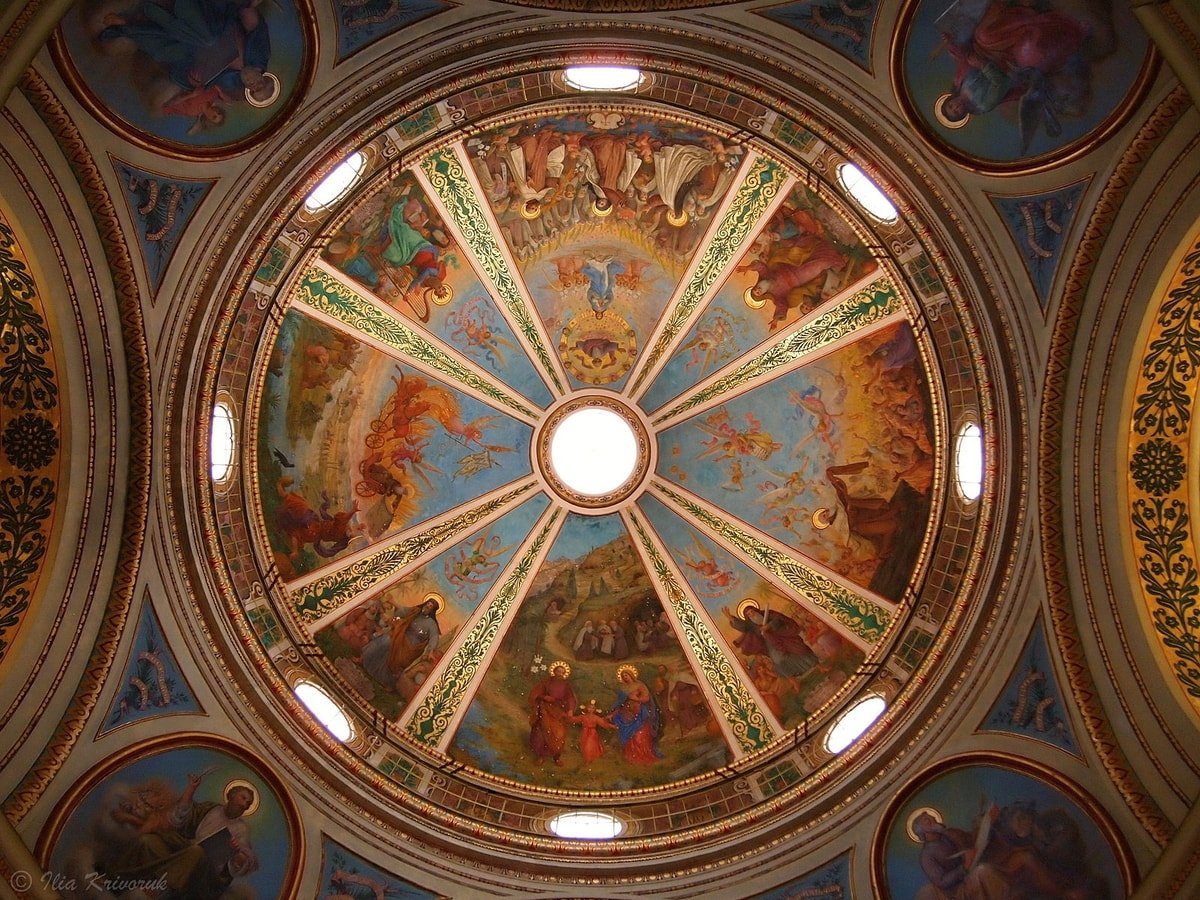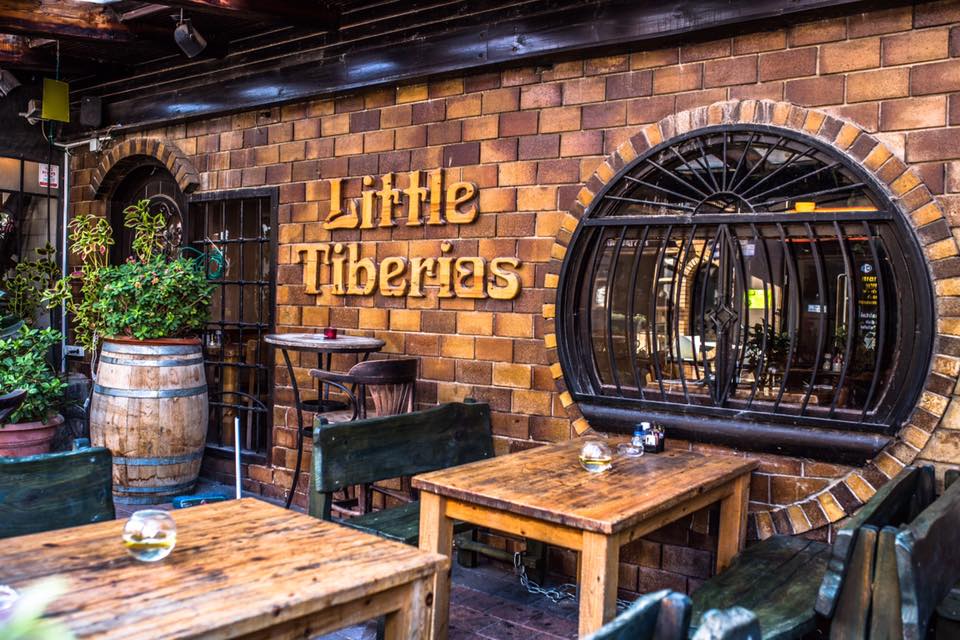The Carmella Boutique Hotel is a restored historic building in the old, green heart of the Carmel. The hotel offers its guests personal hospitality, unique rooms and the perfect location.
Carmella, a concept boutique hotel with a pampering spa, centrally located in the heart of the Carmel, offers a unique hospitality experience. Every item in the hotel has been chosen and placed with thought, precision and great love, from the spacious pampering beds, to the original artwork on the walls, the manicured gardens and the authentic cafe tables.
The Carmella Hotel is located in a historic Templar stone building in the heart of the Carmel, on 130 Hatishbi Street. Adjacent to the hotel is the old and green Mother Garden, and the Haifa Zoo. Nearby are several other of the city’s attractions – the Louis Promenade that overlooks the beautiful Baha’i Gardens and offers breathtaking views of the bay, auditorium and cinematheque, museums, music clubs, cafes, state-of-the-art restaurants, specialty bars, art and fashion stores.
In every application, you will discover something unique that only in Haifa has a multifaceted eclecticism. It is the perfect location to experience the unique spaces of Haifa, and to set off on a stroll through the unique streets, alleys and corners that only those who know the city well know about. A short drive and you are down, in Hadar and the regenerating lower city, in the beautiful German colony and the port complex, which in the evening becomes a center of entertainment and a vibrant culture. The staff of the Carmella Hotel will be happy to guide you through the ups and downs of the city, directing you to the interesting exhibition, festival, show or experience point or experience to the perfect place to have a glass of wine.
The magical and authentic atmosphere of Carmela will meet you even before entering the hotel. The beautiful structure, built in the early 20th century by the Templar settlers, almost commands the guests to slow down, a little and enter the period. This is the moment to look at the precise architecture of the period, and the meticulous conservation work done on the site. The hotel’s café slides out onto the garden plaza, which is an indoor and outdoor meeting place. The hotel’s spa and its intimate and stylish rooms combine the relaxed atmosphere connected to the pampering spa garden of the outdoor jacuzzi and relaxation areas in the hotel gardens.
On the walls hang the woodwork of Tamara Morgenstern, a Haifa-born artist who specializes in restoration and preservation. But beyond the design, to the original and restored furniture items, to quiet and green, Carmela offers a personal, intimate and attentive hospitality experience. A sense of home away from home, of relaxed elegance that celebrates all that is beautiful and good in life, to unforgettable memories.
